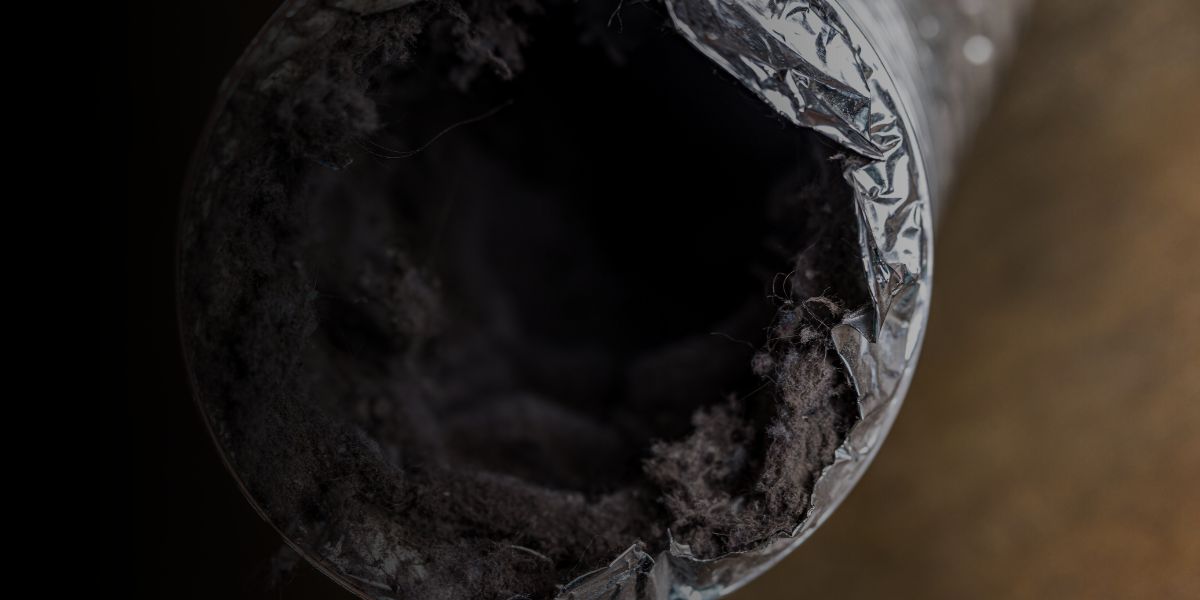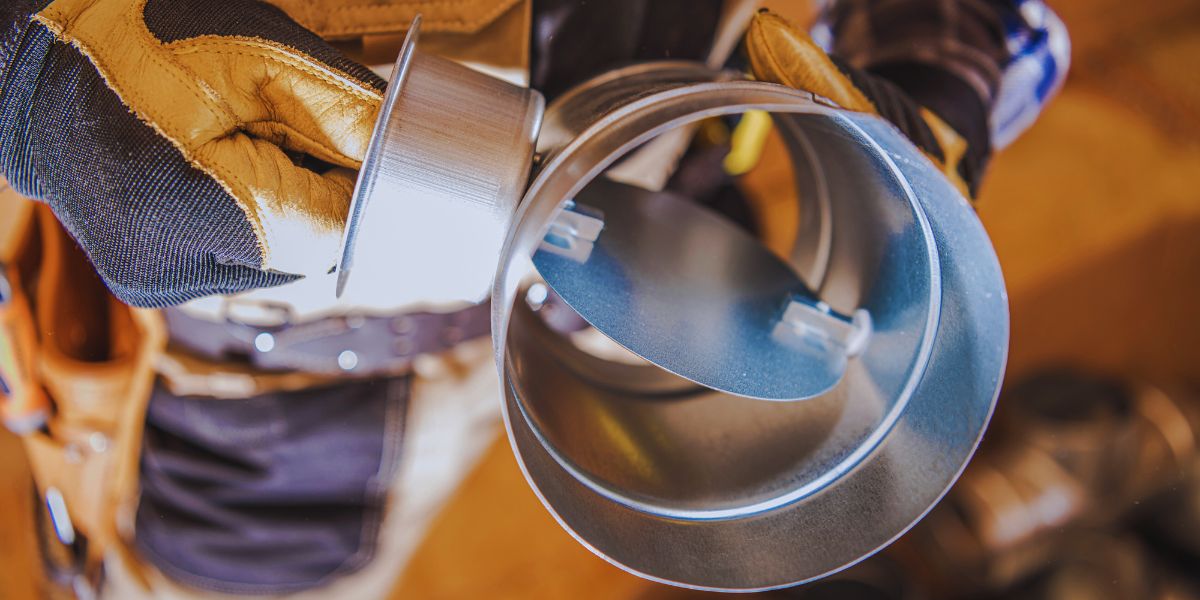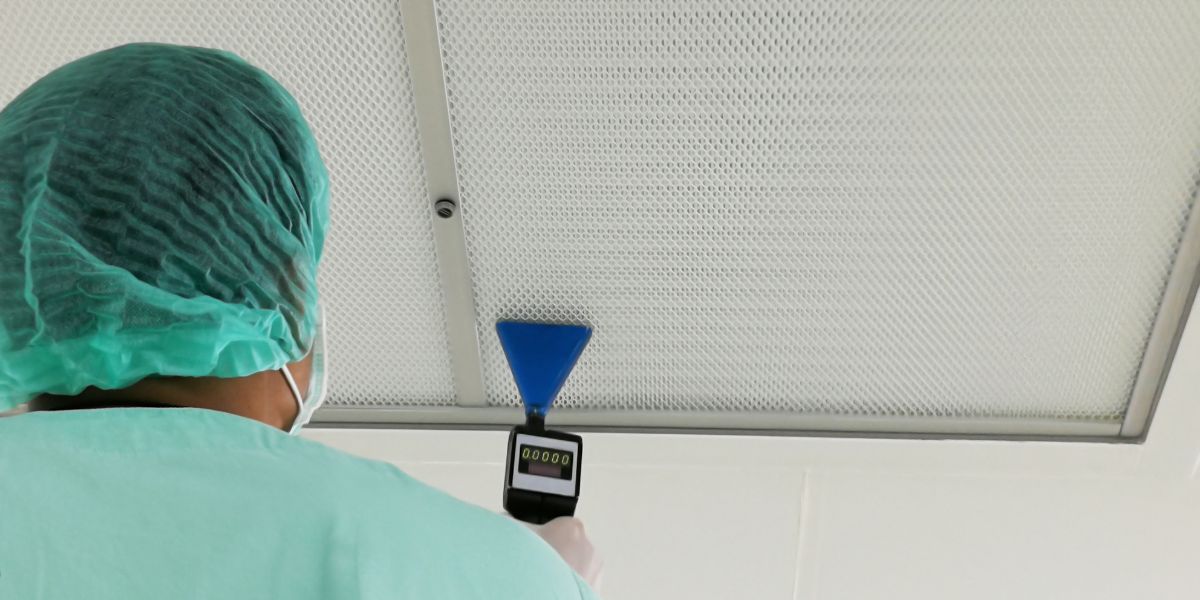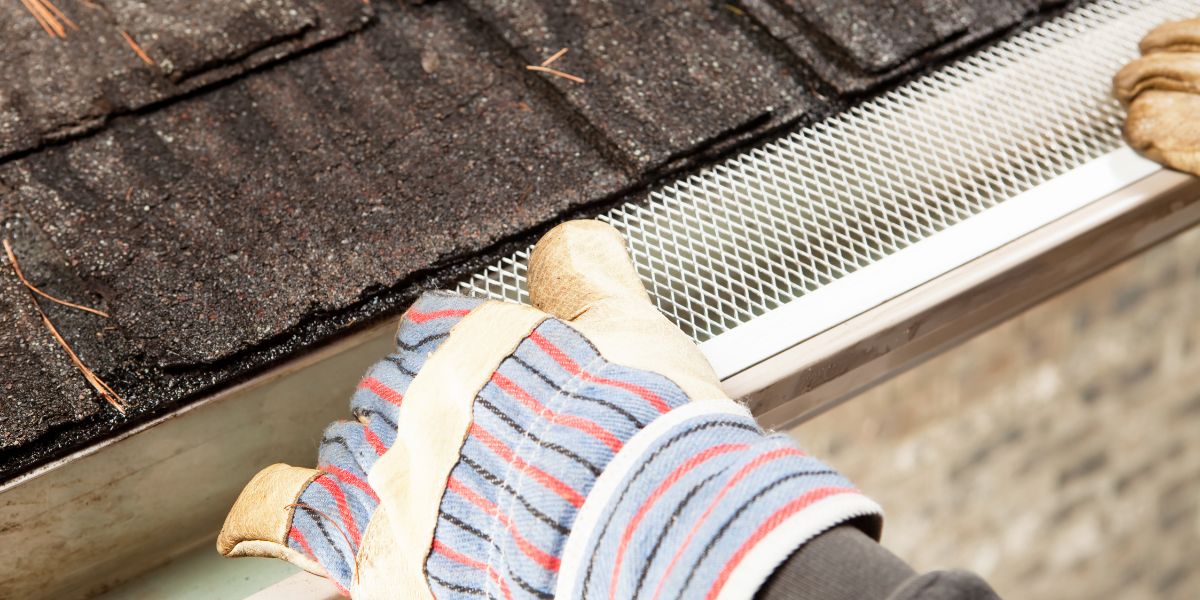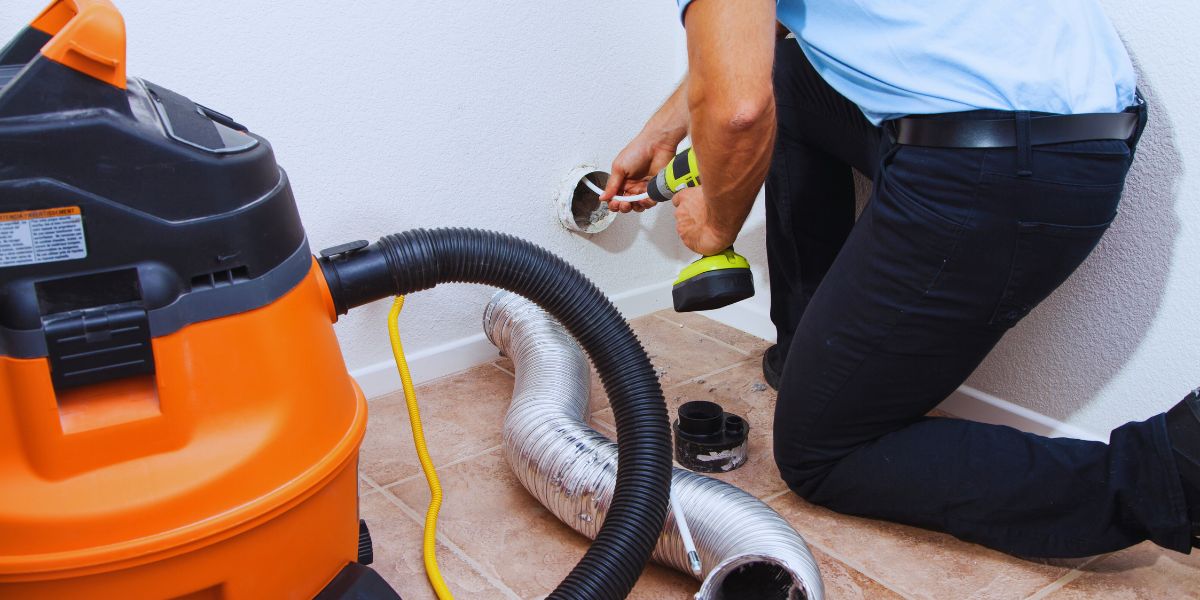Understanding Lint Buildup in Dryers
Lint buildup occurs when fibers shed from clothes during the drying process collect in the lint trap, vent, and exhaust system of your dryer. While some lint is normal, excessive buildup can severely hinder your dryer’s efficiency and pose safety risks.
Why Lint Accumulates
Throughout the drying cycle, various materials from clothing release tiny fibers, which are then trapped by the lint filter. Over time, these tiny particles accumulate if not properly cleaned, leading to:
- Clogged lint traps
- Blockages in the exhaust vent
- Reduced airflow
- Increased drying time
How Lint Buildup Affects Dryer Efficiency
Increased Drying Time
A primary effect of lint accumulation is longer drying times. When airflow is obstructed, your dryer has to work harder and longer to expel moisture from the clothes. This not only makes the drying process inefficient but also increases energy costs.
Increased Energy Consumption
As your dryer struggles to provide sufficient heat and airflow due to lint buildup, it draws more energy. This can result in significantly higher utility bills. According to the U.S. Department of Energy, maintaining your dryer can contribute to a more energy-efficient home and lower operating costs.
Overheating and Mechanical Wear
Excessive lint can cause overheating, leading to potential mechanical failures. Components like the heating element and the motor may wear out faster, necessitating costly repairs or replacements. Over time, constant overheating may cause damage that cannot be repaired.
Potential Fire Hazards
One of the most critical reasons to regularly clean lint from your dryer and its venting system is safety. Lint is highly flammable, and when accumulated, it poses a fire risk. Here are some alarming statistics:
- According to the National Fire Protection Association (NFPA), dryers are responsible for approximately 15,000 house fires each year.
- About 27% of these fires arise from failure to clean the dryer vent.
Regular maintenance and cleaning can significantly mitigate these risks.
How to Prevent Lint Buildup
Regular Maintenance of the Lint Trap
Make it a habit to clean the lint trap after every load. This simple action prevents excess lint from entering the venting system and helps maintain optimal airflow.
Annual Vent Cleaning
In addition to cleaning the lint trap, consider having the venting system cleaned at least once a year. This process involves removing lint from the exhaust duct, which can become a significant blockage point.
Inspect the Venting System
Check your venting system for any blockages or damage. If the duct is crushed, kinked, or poorly installed, it can impede airflow, leading to greater lint accumulation and inefficiency.
Signs of Lint Buildup
Detecting lint issues early can prevent drastic reductions in dryer efficiency. Here are a few signs to look out for:
- Your clothes take longer than normal to dry
- The dryer feels excessively hot to the touch
- There is a burning smell when the dryer is operating
- Lint is accumulating on clothes, even after cleaning the trap
Conclusion
Lint buildup can have a substantial negative impact on dryer efficiency, leading to increased drying times, higher energy costs, mechanical wear, and safety hazards. Regular maintenance, such as cleaning the lint trap, inspecting the venting system, and scheduling annual professional cleaning, is crucial for ensuring your dryer operates efficiently and safely.
Proactively managing lint buildup will not only save you money in the long run but also enhance the lifespan of your appliance while keeping your home safe from potential fire hazards. Taking these steps will ensure optimal performance, allowing your dryer to function effectively for years to come.

